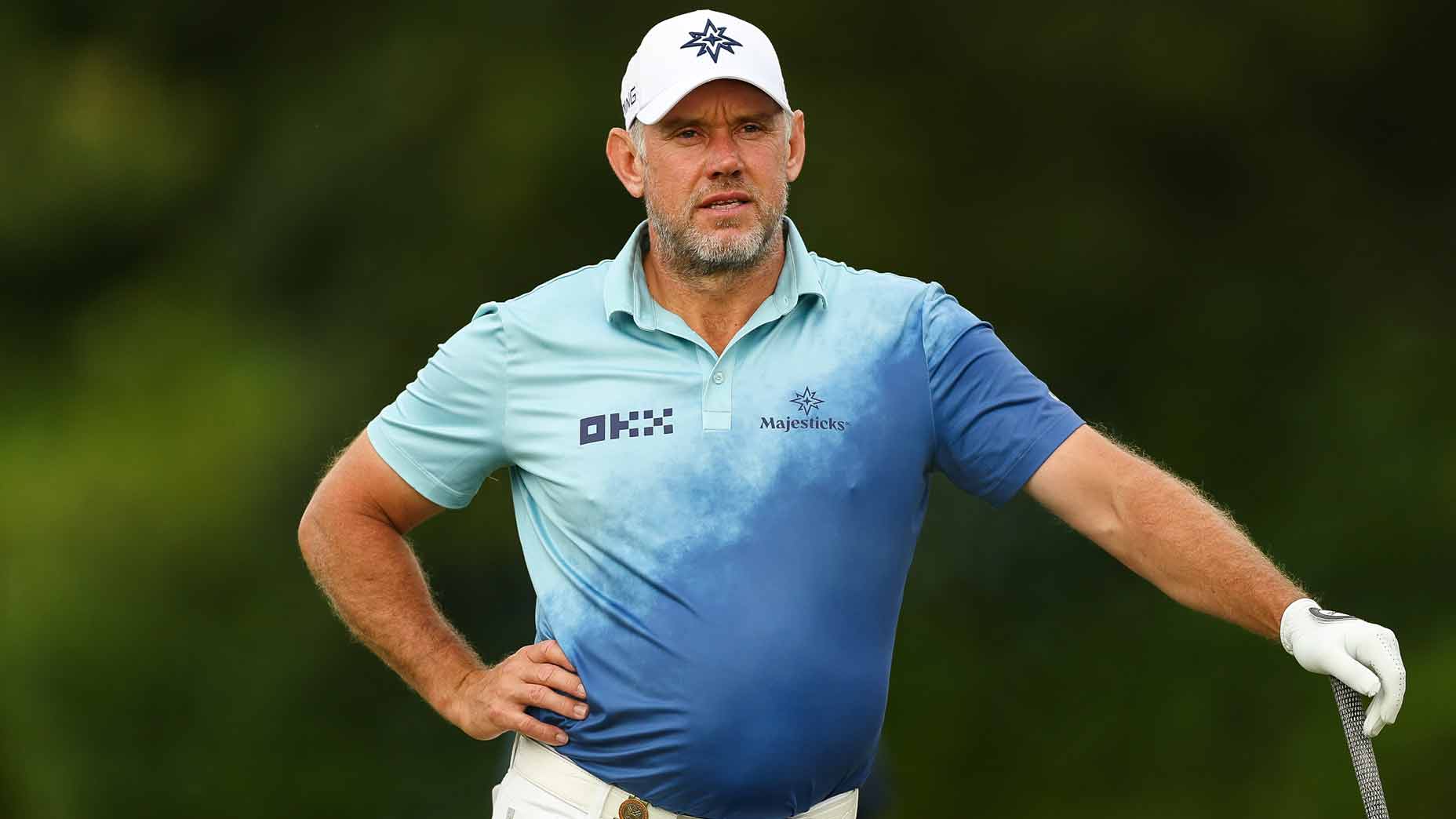Golf balls to be rolled back — for both professionals and amateurs

The governing bodies have plans to roll back the golf ball.
Getty Images
Golf’s governing bodies, as part of their continuing efforts to temper distance gains, are readying to announce plans to dial back the golf ball — both for professionals and amateurs.
The news was first reported Friday by Golf Digest’s Mike Stachura and confirmed by GOLF.com through multiple industry sources. A spokesperson for the USGA declined to comment, saying only that “the USGA and the R&A continue to work together and will provide a more definitive update related to distance in the days and weeks ahead.”
The specifics of the monumental decision, including when the rolled-back balls will need to be in play, are unclear. But according to Golf Digest, a change will be made to how golf balls are tested and deemed conforming — and the results of that new protocol will impact all golfers.
The move will come as a surprise to many, given it’s a significant shift from the plan the governing bodies pitched earlier this year. In March, the USGA and R&A proposed instituting a Model Local Rule (MLR), which would give tournament organizers, as early as January 2026, the option to require professionals and elite amateurs to play a rolled-back ball, while the vast majority of amateur golfers would see no change to the balls they customarily play.
The MLR proposal was not well received, though, with many golfers balking at the notion of bifurcating the game and the PGA Tour and the PGA of America declaring they would not implement the rule.
Still, some form of action on distance has been expected since at least as early as 2020, when the governing bodies released the Distance Insights report. That report addressed growing concerns from golf’s governing bodies on power gains among better players.
“The expectation of every generation that they’re going to hit it longer than the previous generation, we think that is taking golf in the wrong direction,” then-USGA CEO Mike Davis said at the time. “And we do see some really good opportunities to mitigate these pressures.”
According to the distance report, the data trail traces to the late 1800s, when elite players typically hit drives of 160 to 200 yards, maybe 220 if they flushed one. Between 1900 and 1930, as the gutta percha gave way to the rubber-core ball, the average for big hitters swelled into the neighborhood of 220 to 260 yards, with the Cameron Champs of the era topping out around 290. Subsequent decades brought more of the same, as advances in equipment, agronomy and training, coupled with the growing athleticism of golfers, stretched distances ever farther, sometimes gradually, other times dramatically. By the end of 2019, the average drive of the 20 longest hitters on the European and PGA tours was 310 yards.
The concern? Longer shots have led to the lengthening of many courses, while leaving others in the dust. And the dominoes fall.
“We know that there are more pressures on courses than ever,” Davis said at the time. “We know that many are operating in the red. The costs are going up, and they’re either borne by all golfers, or the course becomes financially challenged or not in as good a place as it once was.”
Critics of neutering distance counter that hitting the ball farther has always been a goal for golfers — and now the game, possibly at the height of its popularity, is going to curb that?
Then there’s the matter of how golf-ball manufacturers will respond (engineering and marketing a slower, shorter ball will be complicated). And what the pros will think. And golf courses. And various other stakeholders.
Martin Slumbers, the head of the R&A, hinted at the forthcoming ball modification in an interview with Golf Digest’s John Huggan last week. In that story, Slumbers suggested that golf could be on the brink of another distance development from the USGA and R&A.
Slumbers said it was possible the governing bodies could pivot away from the original MLR proposal, considering so much of the golf world criticized the bifurcation piece of its implication.
“The game was not happy with the Model Local Rule,” Slumbers told Huggan. “There was a view that it would create a bifurcated game at the elite level. It was a very strong pushback against that. The PGA Tour was very public about it. So was the PGA of America. A number of players spoke out. And our job is to listen.”
But would the governing bodies stop their pursuit of reining in golf’s distance gains in recent years? No, said Slumbers, not a chance.
“Our responsibility is to the long-term future of the game. Along with the USGA, the R&A is a custodian of the game,” he said. “We’re responsible for our period of time, something that has gone on for hundreds of years and will go on for hundreds more. So, we are listening.”
The move will have at least one influential supporter:
Jack Nicklaus.
The 18-time major winner has repeatedly said that distance in the game needs to be checked.
“The USGA has got to wake up sooner or later, the R&A,” Nicklaus said on Golf Channel in 2020. “They can’t keep burying their heads to this. They see it, they watch television, they see where these guys hit the golf ball. It isn’t about how far they hit it. You just can’t keep making golf courses longer. You just don’t have enough land. You don’t have enough money to do it.
“And the golf ball is a very, very simple thing to fix. And I’ve been preaching about it, good gracious, I’ve been preaching about it now — 43 years I first went to the USGA. I mean, that’s a long time to be saying, “Well, we’re studying it.’ Guys, stop studying. Do something, will you please?”















